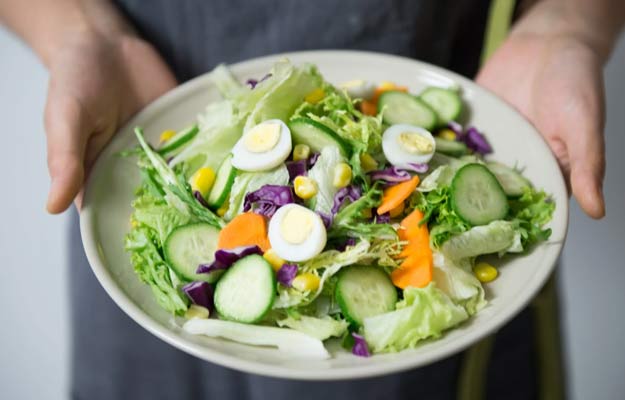Summary
The spread of infectious agents and their toxins from their original site into the bloodstream is known as a blood infection. It is a complication of a microbial infection. Blood infection is a critical condition that can be life-threatening, therefore, it needs urgent intensive treatment. Symptoms of blood infection include rise or fall in the body temperature, increase in heart rate and respiratory rate (breathing). A complete physical examination including measuring blood pressure and body temperature, along with, investigative tests such as urine culture and complete blood count (CBC) are important for establishing the diagnosis. The blood tests usually will show a significant rise in white blood cell count. Treatment of blood infection depends on the severity of the condition and the clinical manifestations (signs and symptoms). Treatment may include admission to the intensive care unit (ICU) with fluid and antibiotic administration along with blood pressure control with the help of medicines. The outcome of blood infection is poor because, by the time a treatment is initiated, one or more organ systems may stop functioning properly. The outcome is also poor as it is often difficult to detect the exact source of the blood infection.

 OTC Medicines for Blood Infection (Sepsis)
OTC Medicines for Blood Infection (Sepsis)
 Blood Infection (Sepsis) articles
Blood Infection (Sepsis) articles

 Diet for Blood Infection (Sepsis)
Diet for Blood Infection (Sepsis)
 Homeopathic Treatment of Blood Infection (Sepsis)
Homeopathic Treatment of Blood Infection (Sepsis)





























 Dt. Akanksha Mishra
Dt. Akanksha Mishra

 Dr. Rachita Narsaria
Dr. Rachita Narsaria











